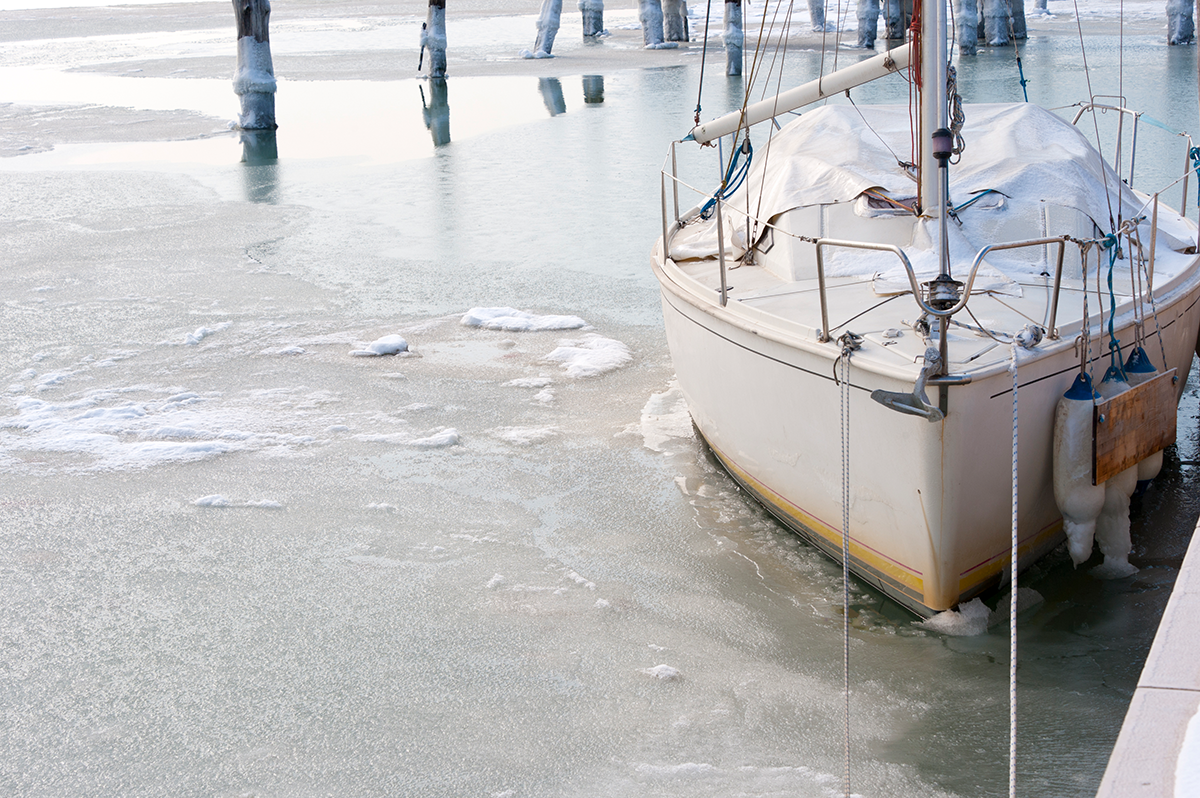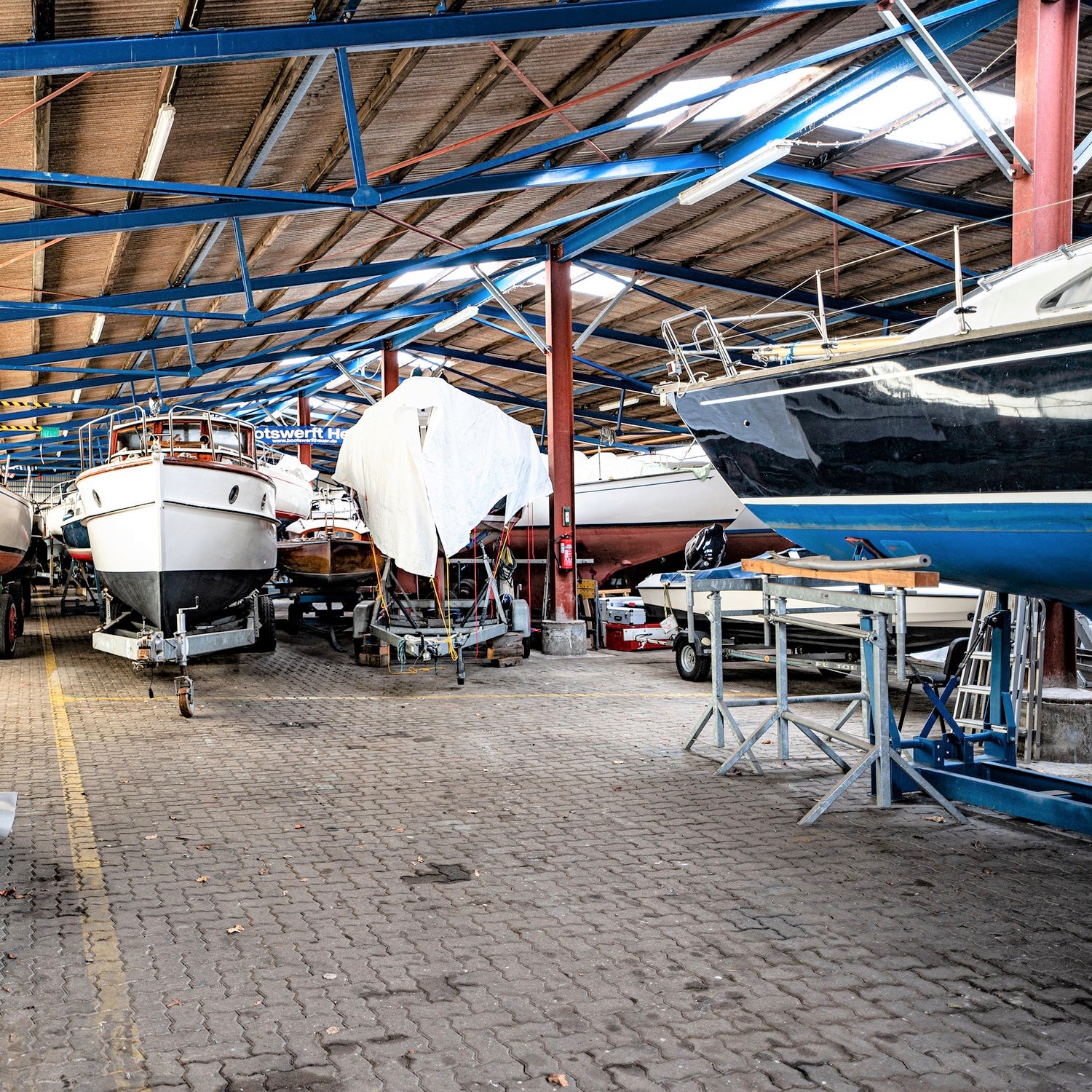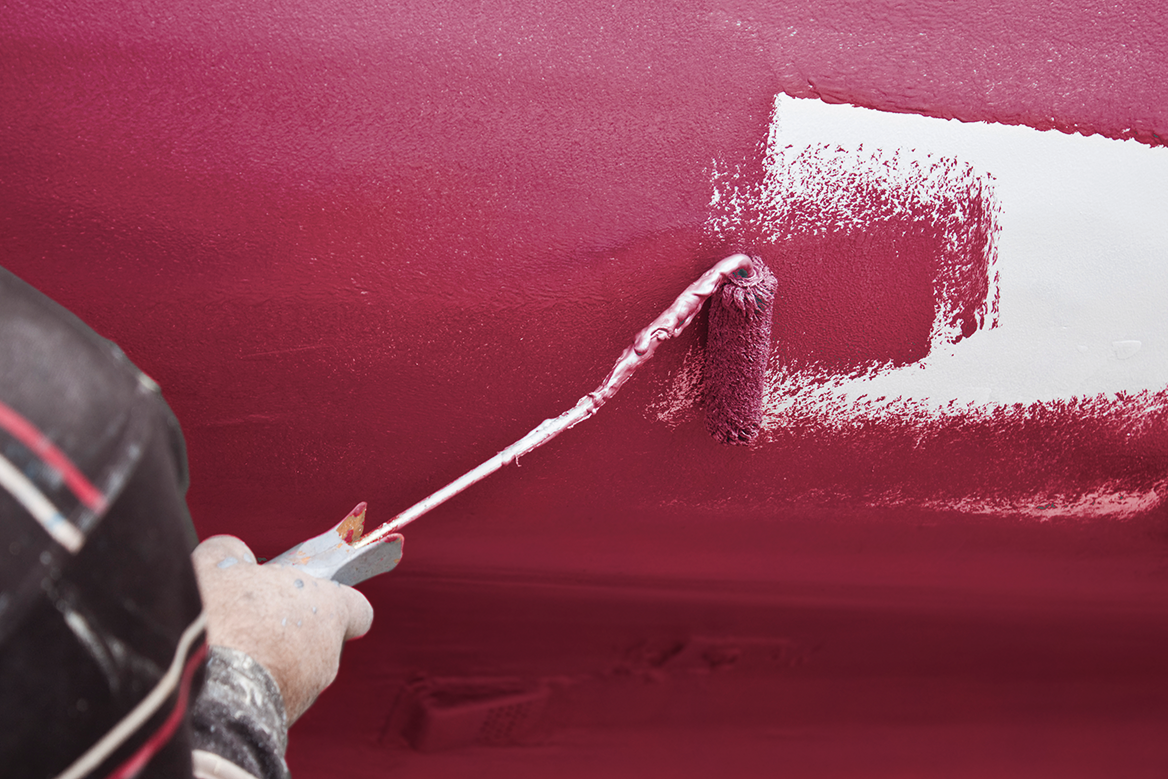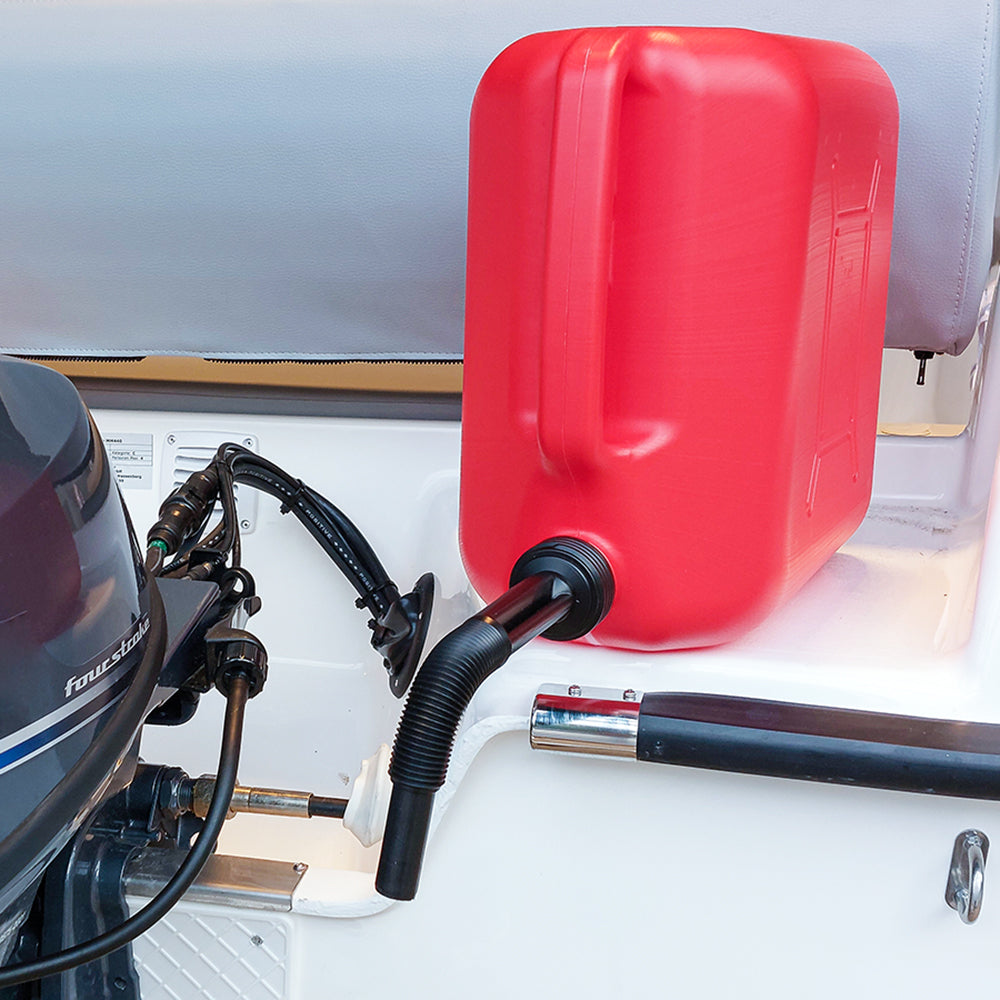Preparing the boat for winter storage
When the warm months are over, the question of the right winter storage for the sailing yacht or motorboat arises for most boat owners. Because as soon as the temperatures drop to below zero, the boat should be protected from weather-related damage and prepared for the new sailing season. In this guide, we have summarized for you how to proceed and everything that needs to be considered.

1. Choose the right place for winter storage
Various factors play an important role when choosing the right winter storage: some just want to store their boat and only clear the ship in the spring. Others use the cool season to carry out various boat repairs on their boat or to apply new antifouling.

2. Wintering on land or in the water?
Wintering the boat in the water is usually a cheaper option that is good for the wallet. This means that costs for cranes and hall space can be avoided. In addition, in late autumn and in milder winters there is still the opportunity to explore the now empty sailing areas. With the right sailing clothing and boat heater below deck, you are well equipped for this.
What is of course missing when wintering in the water is the opportunity to examine the underwater hull more closely and prepare it for the coming season. You also have to keep an eye on the weather conditions and act quickly accordingly. Therefore, storage areas on land are a safer alternative. Here the boat can be extensively brought back into shape.
3. Winterize the boat outdoors or indoors?

If you have decided on winter storage on land, the question of where you want to camp remains. There is the more expensive option of jacking up your ship in a sometimes heated and dry hall or in the outside area of a club or shipyard. The latter variant is cheaper and also ties your repairs to the weather conditions. With an indoor court, on the other hand, you are more flexible, but usually have to dig deeper into your pocket.
4. Remove items from boat prior to winter storage

5. Clean sail and cordage
6. Drain water tanks and lines on board
The situation is similar with the boat toilet and the holding tank. These are also emptied and cleaned. The on-board toilet must also be filled with antifreeze. With a last look in the bilge before winter storage, all water and oil residues should be wiped up with a sponge or cloth. When dry you can raise the bilge floorboards for good ventilation.

7. Prepare boat hull and underwater hull for winter storage
If it is clear how and where the boat should spend the winter, work on it can be planned. If you drain your sailboat or motor yacht and jack up the boat, more extensive work can be carried out on the hull and underwater ship. Thorough boat cleaning and complete drying is recommended first. You can then check the underwater hull for damage and repair minor damage to the boat. The use of spatula is suitable for this. Be sure to contact qualified personnel if you notice major damage or osmosis bubbles.

8. How about the on board electrics during winter storage?
The on-board electronics should also be made winter-proof if possible. This does not mean that networked devices must be removed, otherwise their connections may be damaged or rendered ineffective against corrosion. Rather, you should make sure that screens and devices are fitted with suitable covers. These offer reliable protection against dust and damage. Switches and fuse boxes, on the other hand, can be sprayed with so-called preservative sprays. These protect against penetrating moisture and corrosion and have a caring effect.
However, all batteries, such as house or starter batteries, should be removed and serviced at the end of the season. The same applies to battery-powered handheld devices such as flashlights or radios if you want to leave them on board for the winter.
Basically, modern technology for boats is usually prepared for Central European temperatures, so that no damage from the cold is to be expected here. Only batteries have to be checked more regularly and removed from the boat if necessary, as they can leak or burst in the event of frost

9. Winterizing sailboats
Sailboats have some structural elements that require additional attention. Check out the rig and keel in particular. Here the various components must be inspected for any hairline cracks and replaced accordingly. If possible, the mast electrical system should also be examined more closely so that it is protected against corrosion or short circuits


